This post is a compilation of disability statistics from government agencies and researchers in the US, UK and Canada. The statistics shown have most impact on website use, and help assess the impact of accessibility problems, in terms of numbers of people affected, and likely commercial impact.
Incidence of key disabilities
| Reading difficulties | 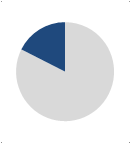 | Up to 10% of people in the US have reading difficulties, including dyslexia (source: University of Michigan). A study in 2009 by Cass Business School found that around 20% of UK entrepreneurs and 35% of US entrepreneurs are dyslexic (Bill Gates and Richard Branson are textbook examples). |
|---|---|---|
| Color blindness | 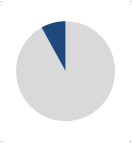 | 8% of caucasian males in the US suffer from some form of color blindness, compared to 0.5% of females. (source: nei.nih.gov). Incidence of color blindness differs between ethnic groups - from 1% in Inuit to 8% in Caucasian males. |
| Dexterity difficulties | 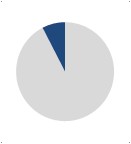 | 7% of working age adults have a severe dexterity difficulty (source: The Wide Range of Abilities and Its Impact on Computer Technology - Microsoft / Forrester). Severe dexterity difficulties mean users are unlikely to use a mouse, and rely on the keyboard instead. |
| Difficulty hearing | 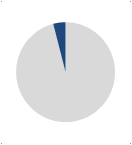 | 4%-5% of people in the US, UK and Canada suffer from difficulty hearing (sources: census.gov, Statistics Canada, UK ONS) Incidence increases sharply in over-60s, with more than 20% of over-75s affected. |
| Difficulty seeing | 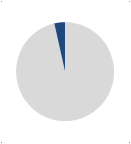 | 3%-4% of people in the US, UK and Canada can't see well enough to read (sources: census.gov, Statistics Canada, UK ONS) Incidence increases with age, with more than 10% of over-70s affected. |
Note: Government statistical agencies produce these numbers from questionnaires, but questions aren’t standardized between countries, so figures are not directly comparable from country to country. For example, the questions “do you have difficulty seeing” and “do you have difficulty seeing newsprint” produce different response rates.
Incidence of disability by age
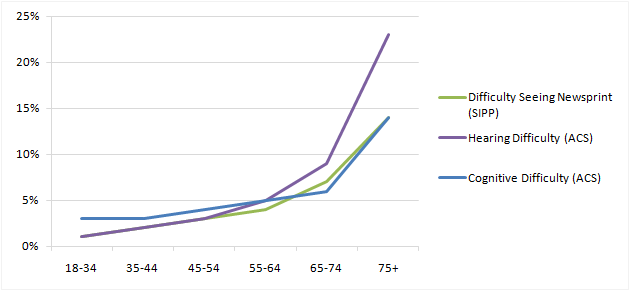 Hearing and sight becomes poorer as people get older, but these same people often have large amounts of disposable income
and leisure time. This presents particular challenges for web sites selling items which appeal to an older demographic,
such as travel and cruises (source: census.gov).
Hearing and sight becomes poorer as people get older, but these same people often have large amounts of disposable income
and leisure time. This presents particular challenges for web sites selling items which appeal to an older demographic,
such as travel and cruises (source: census.gov).